
Namibia Travel Guide
Did you know?
The surface area of Namibia is 318.8 thous. mi², which puts the country in position number 36 in terms of the area in the world.
How far is it?
1. The site uses the Great Circle method of calculating distances between two points on the Earth
2. To change the cities for comparison, change Your Country in settings
The distance between Windhoek (NA) and Warsaw (PL) is 5174 miles
To calculate distance between your location and Windhoek click here
Country Comparison
Compare Namibia to any country in the world and see key differences between them side-by-side.
Get ready for your next trip
With just a few clicks you can find the best accommodation, airline tickets, or buy insurance that provides comprehensive protection for your next journey.
Cities and Top Tourist Attractions
From historical cities to picturesque landmarks and fascinating places - don't miss out on these attractions when planning a visit to Namibia
| Miles | Windhoek | Namib-Naukluft National Park | Walvis Bay | Lüderitz | Swakopmund | Tsau ǁKhaeb National Park | Ai-Ais Hot Springs | Otjiwarongo |
| Windhoek | - | 176 | 167 | 307 | 163 | 342 | 370 | 148 |
| Namib-Naukluft National Park | 176 | - | 122 | 146 | 139 | 201 | 265 | 295 |
| Walvis Bay | 167 | 122 | - | 258 | 20 | 320 | 386 | 221 |
| Lüderitz | 307 | 146 | 258 | - | 277 | 70 | 160 | 438 |
| Swakopmund | 163 | 139 | 20 | 277 | - | 338 | 403 | 205 |
| Tsau ǁKhaeb National Park | 342 | 201 | 320 | 70 | 338 | - | 94 | 482 |
| Ai-Ais Hot Springs | 370 | 265 | 386 | 160 | 403 | 94 | - | 518 |
| Otjiwarongo | 148 | 295 | 221 | 438 | 205 | 482 | 518 | - |
A Brief History of Namibia
Important historical events that significantly shaped the nation's trajectory throughout the centuries
1488
Dias' expeditionPortuguese explorer Bartholomeu Dias visits the region on his way around the Cape of Good Hope.
1886 - 1890
German controlGermany's treaties with Portugal and Britain set international boundaries. Germany takes control of the region known as South West Africa.
1892 - 1905
Herero and Nama genocideGermany puts an end to uprisings by the Herero and Nama people. About 60,000 Hereros, or 80% of the Herero population, die in the conflict.
1908
Diamonds in the Namib Desert sandThe discovery of diamonds in Namibia brings more Europeans to the region.
1915
World War ISouth Africa takes control of the region during World War I.
1920
Mandate over South West AfricaThe League of Nations gives South Africa control over South West Africa.
1958
SWAPOHerman Toivo ja Toivo and his followers begin Namibia's independence movement. In 1960, their group becomes known as the South West Africa People's Organization (SWAPO).
1961
Mandate terminatedThe United Nations demands that South Africa end its control of South West Africa.
1966
Fight for independenceNamibia's armed fight for independence starts when SWAPO attacks South African forces.
1990
Namibia gains independenceSam Nujoma becomes the nation's first president.
2004
President Hifikepunye PohambaAfter Nujoma chooses not to run for a fourth term, Hifikepunye Pohamba wins the presidential election. He is inaugurated in March 2005.
Best Ways to Experience Namibia
- Cuisine
- Animals
Facts and Figures
Fundamental socio-economic statistical data pertaining to the country
Population | 141 / 231 Ranking | 2 540 905 black 87.5%, white 6%, mixed 6.5% |
Area | 36 / 230 Ranking | 318.8 thous. mi² It is approximately 264% of the territory of Poland. |
Life expectancy | 167 / 196 Ranking | 65.9 Life expectancy expressed in years.men 63.9women 67.9 |
Median age | 32 / 157 Ranking | 21.8 Average age of population expressed in years.men 21.1women 22.6 |
Population growth | 48 / 172 Ranking | 1.83% The difference between live births and deaths. A negative value means natural loss. |
Literacy | 58 / 131 Ranking | 91.5% Ability to read, write and count.men 91.6%women 91.4% |
GDP | 120 / 194 Ranking | 9 295 INT$ GDP per capita is gross domestic product converted to international dollars (Int$) using purchasing power parity rates and divided by total population. |
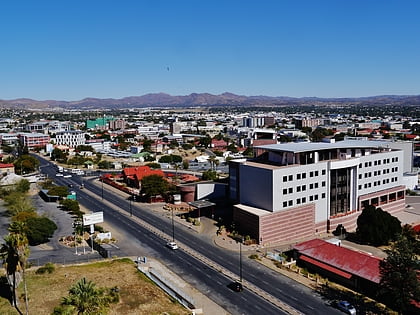

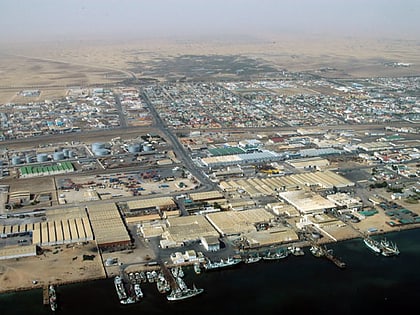
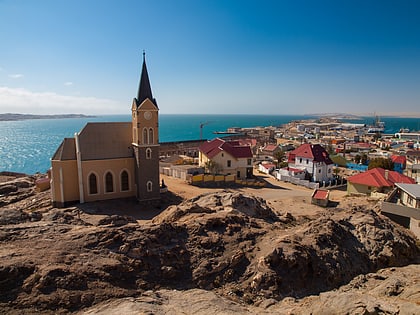
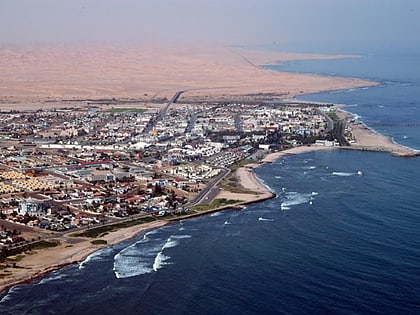


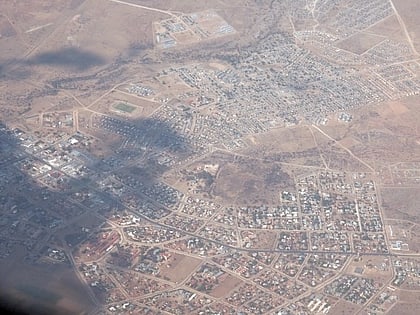
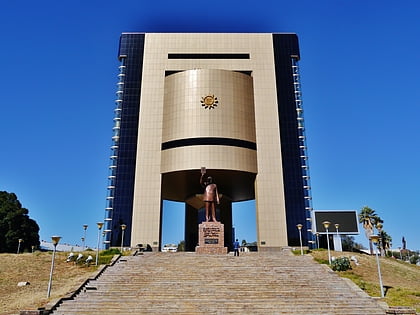
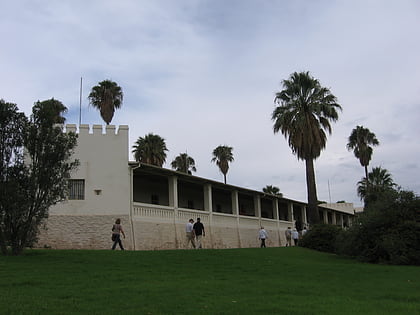
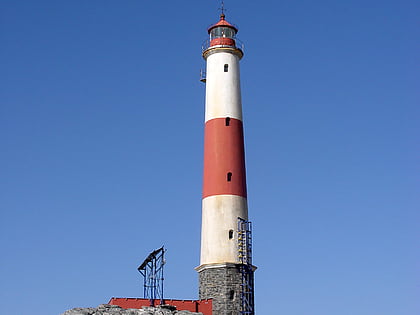
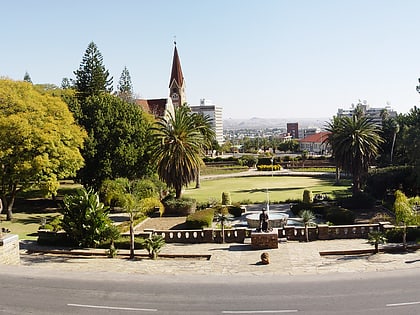
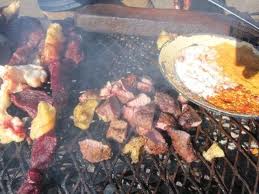

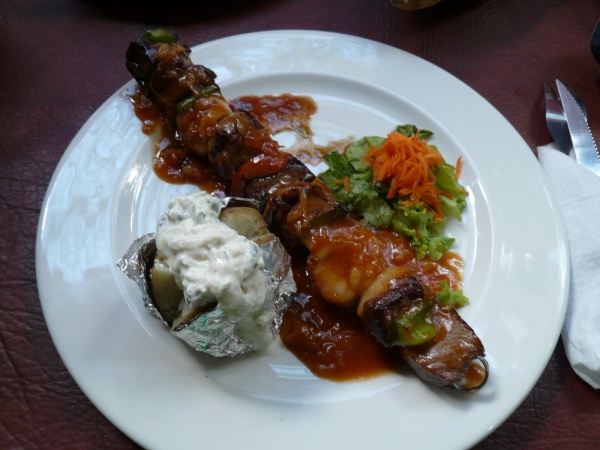
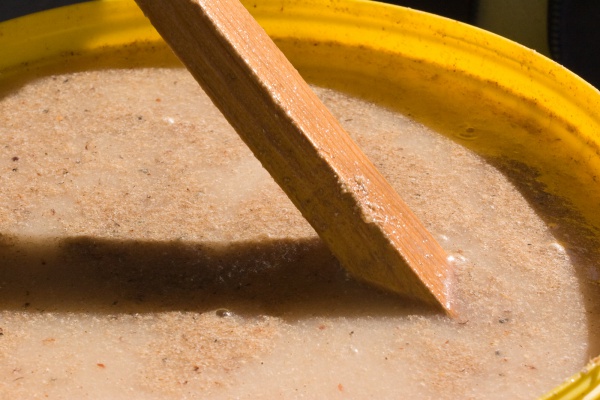

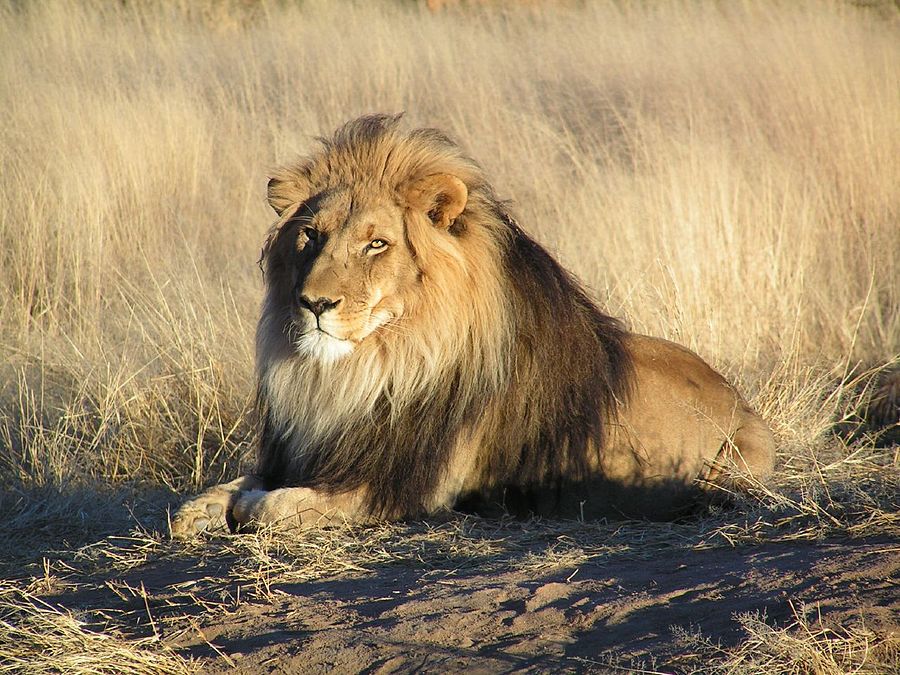

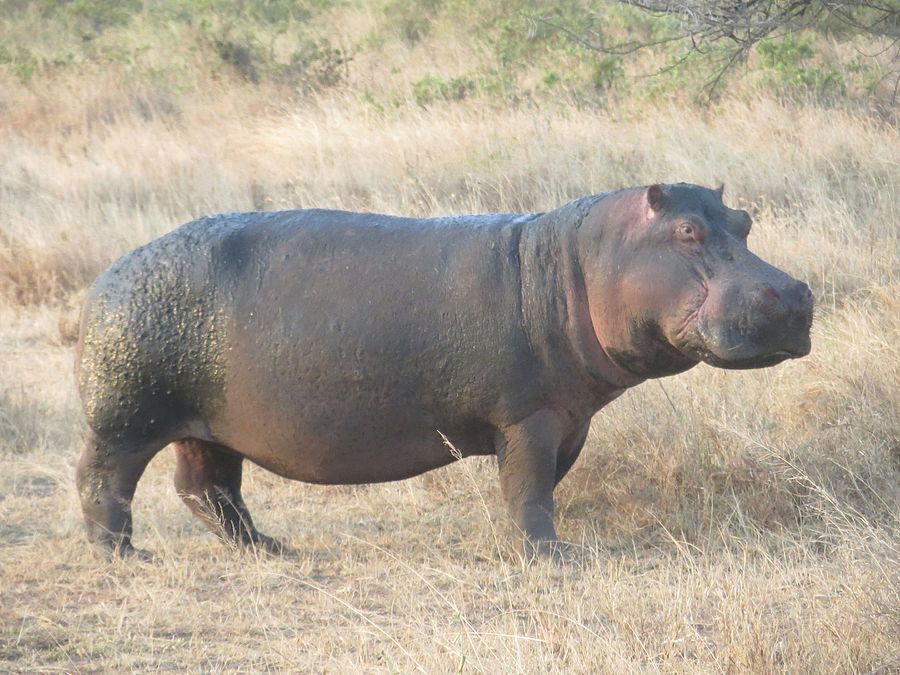
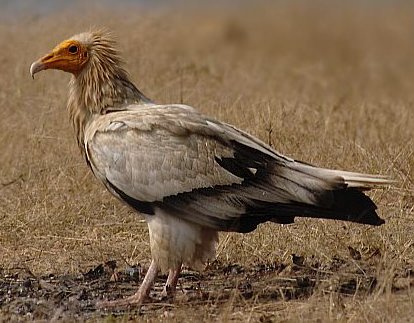
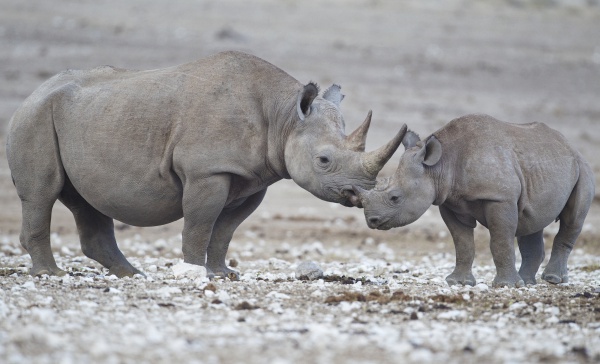


 Zambia
Zambia